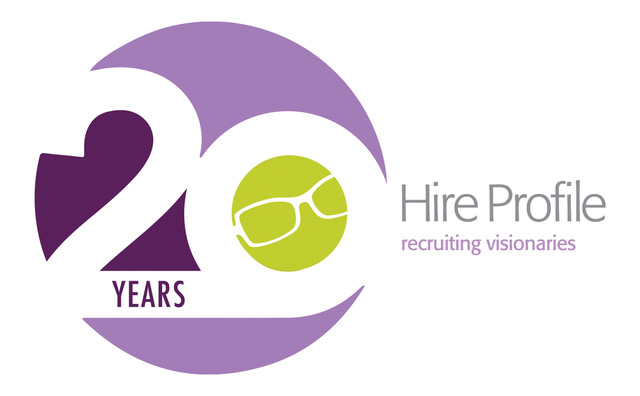By Vanessa Whited
90,000 hours. That’s how much time the average American will spend at work in his or her lifetime.* Take a second to really think about that: ninety thousand hours – a third of your life – spent working. That’s pretty scary. But you know what’s even scarier? The fact that one-third of these employees are not engaged at work.** Ouch.
It’s no wonder employee engagement is climbing to the top of the list of concerns for employers – especially given that businesses with higher employee engagement perform at higher levels, including a profitability increase of 21%.***
So how do you engage employees? What even is an engaged employee? Why does it matter? These questions are important. But before answering any of them, the most important thing to remember about your people is just that. They are people.
This might not seem like a shocking revelation, but it’s one too often overlooked. Your employees are people first, employees second. What did they do before they came into work today? Got their kids off to school? Ran in preparation for their first 5K? Went to counseling? Workforces receive and interpret communication through their own lived experiences. While these things might not seem like they matter because they are “outside of work hours,” the reality is these experiences, in addition to the ones they have with your company, shape how your employees engage.
When it comes to engaging your workforce, I don’t believe in a silver bullet process. Every company is uniquely its own, and no process is – or should be – one-size-fits-all. However, I do believe in silver bullet principles. If you’re looking to unlock the secret to an engaged workforce, ask yourself:
- Am I intentionally putting people at the center of my business by accounting for and understanding the motivations, perspectives, and needs of my employees? If your employees have expressed interest in growing at your company, consider implementing a shadowing program. This opportunity lets people learn firsthand about roles or specialties that interest them, and it gives senior employees a chance to act as mentors, too.
- Am I creating authentic and meaningful solutions that appeal to individuals, amplify their communities and inspire them to make contributions that improve the human condition and the world? Rally your organization around a shared cause – and consider giving employees paid volunteer time off to pursue it.
- Is my company living our values every day? This is easier said than done, but a great first step is to ensure your employees know those values and have clear examples about how to amplify them through their work. Capitalize on a leadership message to do a deep dive and offer periodic refreshers so the values stay top of mind.
When you follow these principles, the answer to the question “what even is an engaged employee?” will start to come to life within your organization. Engaged employees are fired up. They believe in your organization’s purpose and vision. They tell their friends about job openings at your company. They’re motivated. They’re collaborative. They do good work. They’re honest with you. They trust you. They see the big picture – and they want to be a part of it.
An engaged employee is a personal ambassador for your organization who is emotionally and intellectually motivated and committed to doing their best work for you.
So ask yourself: What are you doing to make sure your people are excited to dedicate 90,000 hours of their lives to your business?
* Happiness at Work: Maximizing Your Psychological Capital for Success
** How to Help Your Managers Build Out, Not Burn Out
*** Employee Engagement on the Rise in the U.S.
About the Author
Vanessa Whited is a communications consultant for Atlanta-based KWI Communications. She has worked with a roster of respected corporate clients to implement engagement and change strategies – ensuring people feel cared for along the way. She is passionate about forward-thinking initiatives that set organizations up for success alongside a continually evolving workforce. When she’s not working at KWI Communications, she’s usually spending time with her dogs (Pancake, Socks, and Kobi) and recommending podcasts to people who didn’t necessarily ask.


